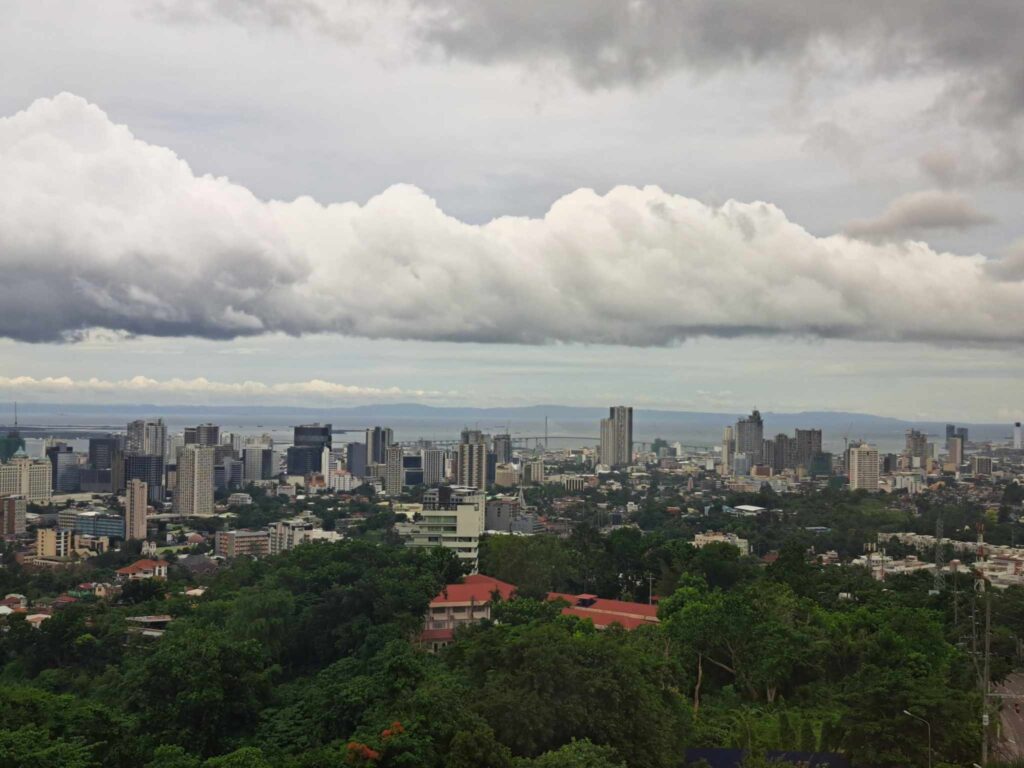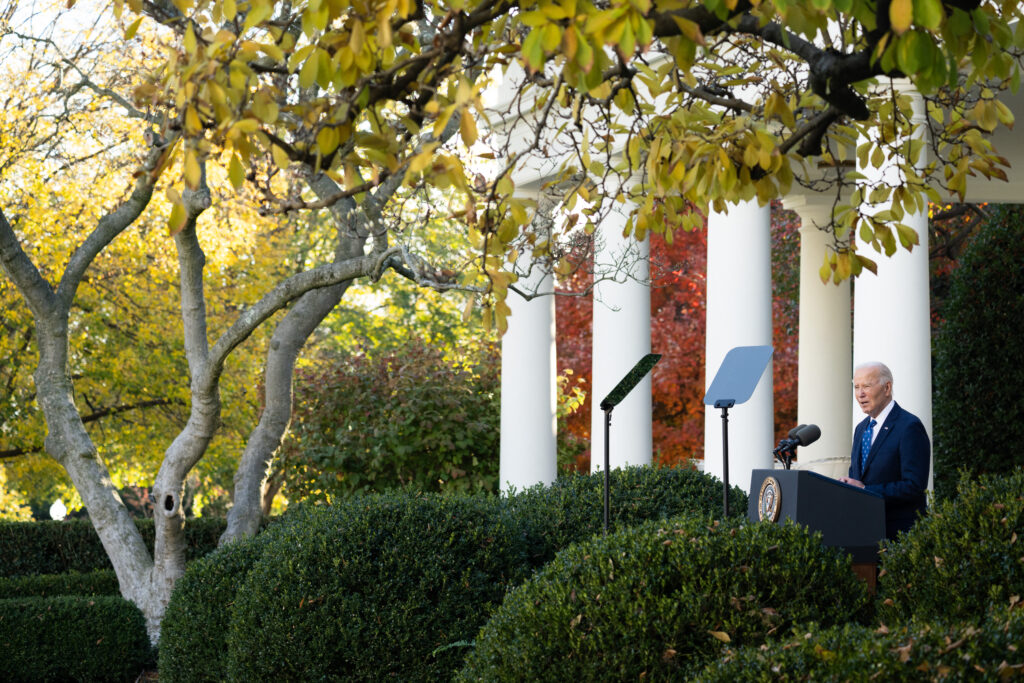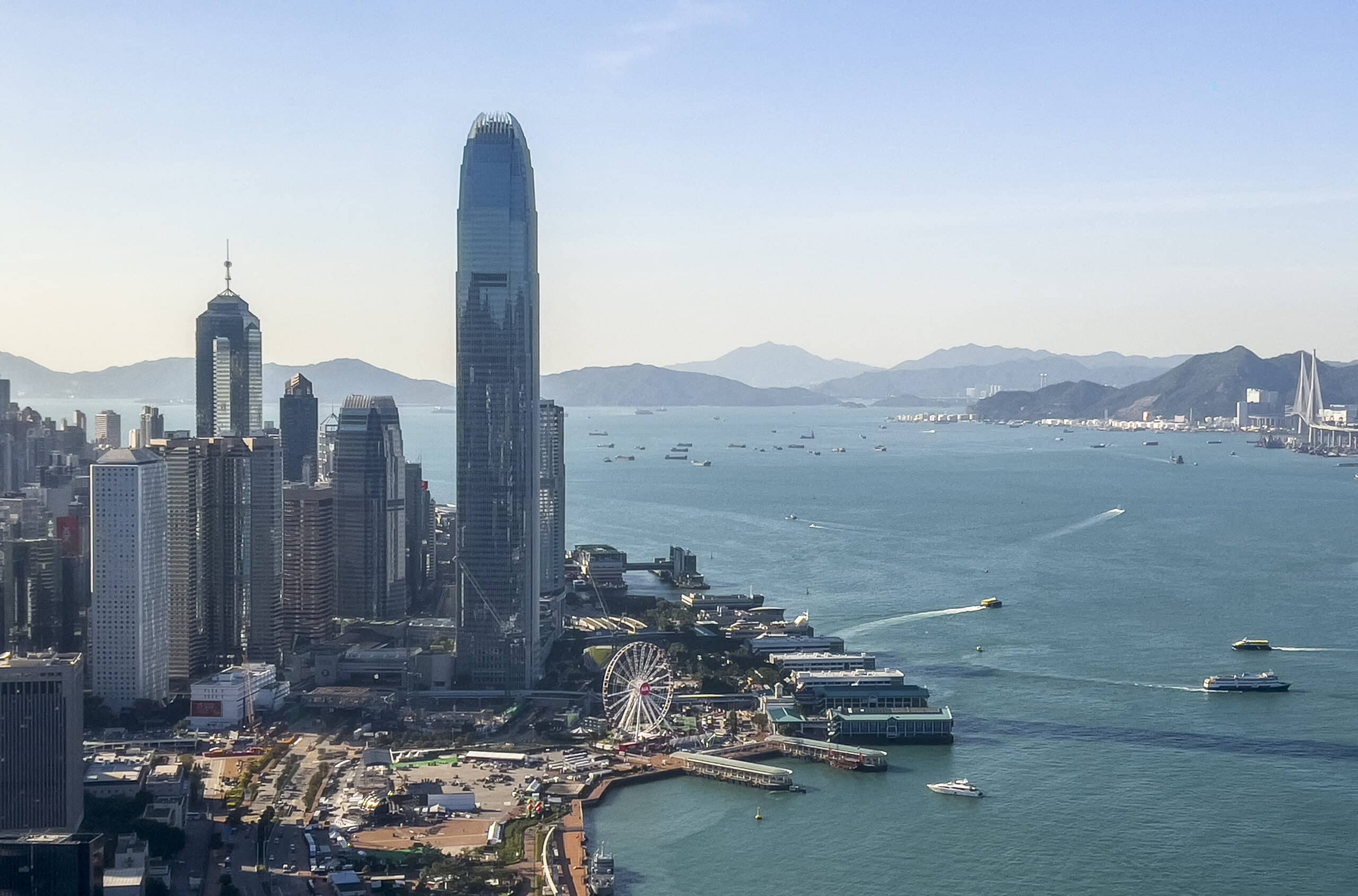
S&P Global Ratings improved its credit outlook for the Philippine government to “positive,” citing better institutional and policy settings. This opens the possibility of upgrading to the prestigious “A” rating. Although the Philippines retained its “BBB+” investment grade, S&P changed its outlook from “stable” to “positive,” highlighting effective policymaking that has strengthened the country’s credit metrics.
S&P’s rating scale ranges from D, the lowest, to the highest rating of AAA. Should the debt watcher decide to upgrade the Philippines’ badge of creditworthiness, the next level for the country is A-. The higher rating means better perception of lenders on a borrower’s ability to pay its obligations.

This would result in lower interest rates for issuers like the government, which can channel the interest savings to more productive spending like social programs and infrastructure build-up. That said, Bangko Sentral ng Pilipinas Governor Eli Remolona Jr. welcomed the decision of S&P.
“This reflects the work the government has done to improve the economic, fiscal and monetary environment, enabling strong growth to continue,” Remolona said. Explaining its decision, S&P said the ratings outlook reflected the country’s “above-average economic growth potential.” The credit rater expects the local economy to grow by 5.
5 percent this year, supported by “recovery in net export performance along with contained inflationary pressures.” READ: Gealon shares plan to transform SRP into Cebu’s premier investment hub On the fiscal side, S&P expects the Marcos administration to continue its “well-established” plan to cut the budget deficit and government debt, which has yielded “constructive development outcomes.” But S&P said it would take “several years” for the balance sheet of the government to recover to prepandemic levels, projecting the budget deficit—as a share of the economy—to average around 3.
3 percent over the next three years. “We believe the normalization of economic growth in the Philippines will help to lower the general government deficit to 4 percent of gross domestic product in 2024 from 4.5 percent in 2023,” the credit rating agency said.
“Stickier inflation, high interest expenditure and increased public spending will prevent a faster reduction of the deficit,” it added. Moving forward, S&P said it may finally give the Philippines’ the coveted A rating if the country could further improve its buffers against external shocks. Achieving a “more rapid” fiscal consolidation may also trigger an upgrade.
But the outlook may revert to “stable” if economic recovery falters and leads to deterioration of the national fiscal and debt positions. INQ.














